Aesthetics Marketing: Rules For Using Photos & Videos
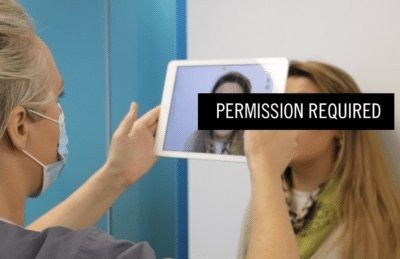
Here we are at the seventh instalment of our 10 Tips for Marketing Your Aesthetics Practice series. By now you should be brimming with ideas for how to spread the word about your new injecting skills and be able to confidently explain what sets you apart from the crowd.
But when it comes to telling a story, a picture – or, even better, a video – can be worth a thousand words…
Let’s dive into imagery and the rules for using photos in aesthetics marketing.
7. Take lots of photos but always get the appropriate consent in writing
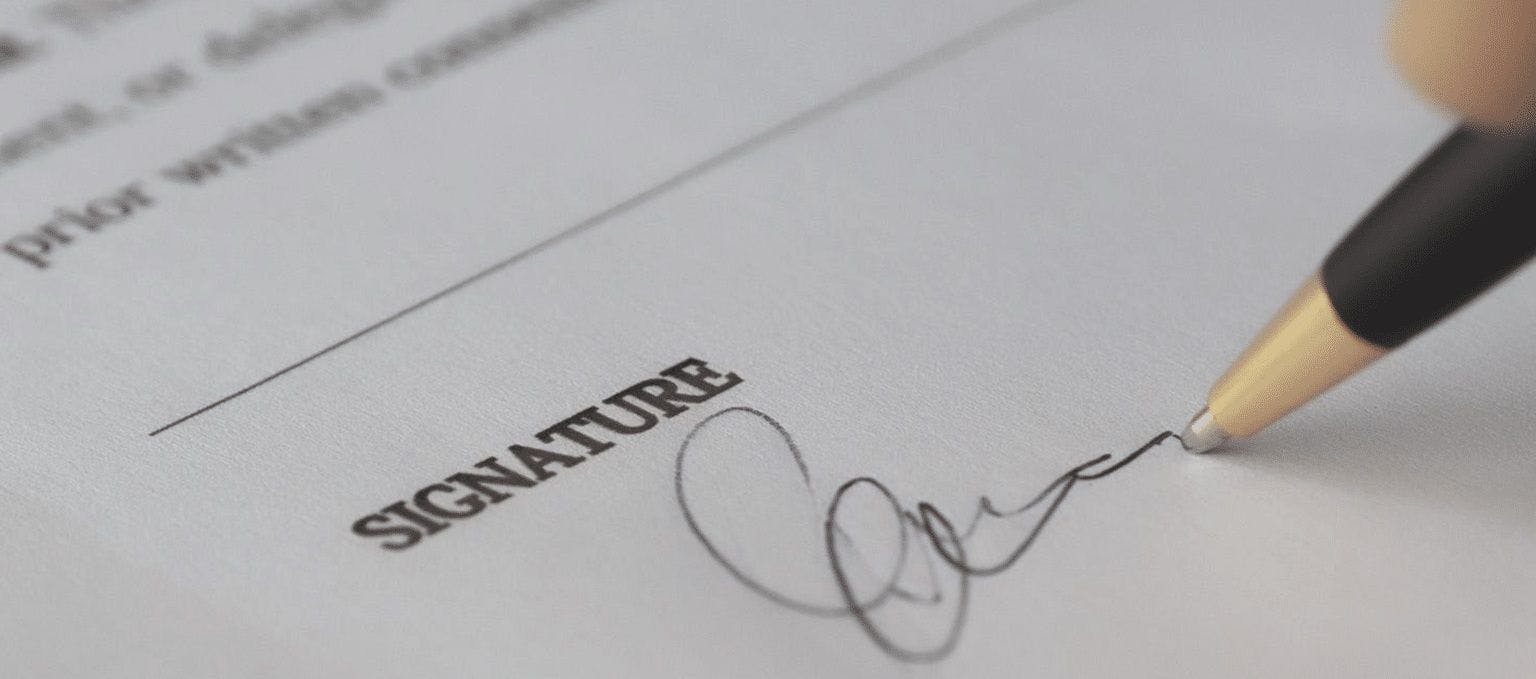
Aesthetic medicine is a visual medium, as such, its possibilities are, arguably, best conveyed in this way. This is why the industry has found such a great fit on the image-sharing app, Instagram.
There are so many opportunities to get those Kodak moments that will impress potential patients and look great on your grid. But are they within the guidelines..?
As you will know, images are tightly regulated – far more so than the aesthetics industry itself – with a number of factors coming into play. For UK practitioners, these include issues such as copyright, Advertising Standards Authority (ASA) guidelines, patient confidentiality and GDPR, which essentially covers the patient’s right to data privacy.
Here we examine how to avoid posting prohibited content which could, at best, land you in social media jail (where you are banned from using the app or other people will not see your posts for a set period of time), or, at worst may result in fines and/or legal action.
So what are the types of images aesthetics practitioners use in their marketing? These can be divided up into the following primary categories.
Photos of:
• yourself
• your premises
• your patients
• general or generic scenes, such as bunting or a Christmas tree, used to convey a mood or topic (often known as stock photos).
Now let’s look at the dos and don’ts of using these photos in aesthetics marketing.
Posting photos or videos of yourself
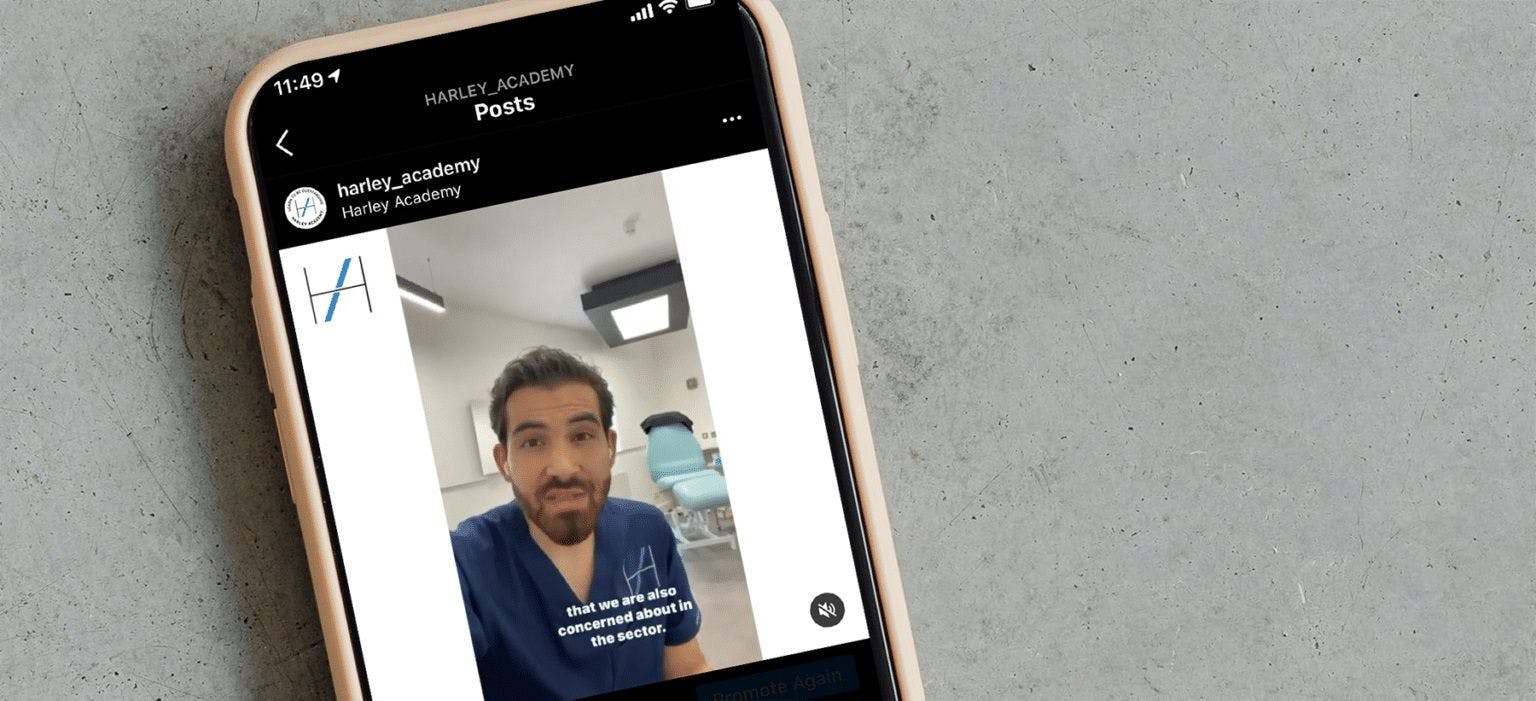
You own the copyright to photos and videos of yourself so feel free to post these with abandon!
Well-placed selfies and videos of you talking to the camera can provide potential patients with an idea of your personality. They can also convey knowledge and authority, forming part of a content strategy to position yourself as an expert in your field.
These can help establish the trust and authentic connection many people look for when choosing a practitioner.
This type of content is relatively low risk but can reap big rewards, so try to get over any camera shyness you might have. You may be surprised how welcoming and supportive social media can be!
You may wish to make a few mental checklists to ensure your photos convey the most professional image possible. These are a matter of personal choice and you can decide on what works best for you and your brand. They can help you maintain a consistent image and can include examples such as ensuring hair is out of your face, gloves are on and captions are used for videos.
Using photos of your premises

If they’re your premises, feel free to photograph them! As before, this can help people form an impression of you and your business before meeting you. There are a few elements to watch out for here, however.
• When using shots of your premises with people in the background, you must have their written consent. This should state what the images will be used for – marketing, for example – where they will be used and how long they are likely to be in use.
• Be careful of including copyrighted material as a focal point in your images. A good example of this is using a poster of an artist’s work as the backdrop for your product images. The right to use that artwork for promotional purposes, or to add value to your brand in any such way, will belong either to the artist, their representative or a company they have sold or licensed the rights to.
Whilst many people do it – especially small businesses who may be unaware of the laws or feel they are small enough to “get away” with it, it is good practice to get into the habit of not doing so.
• Ensure your premises photos do not display any health and safety breaches or other types of negligence! This may seem obvious but you’d be surprised how many times this happens, especially where lay injectors are concerned. Let your medical credentials shine with images of spotless, sterile and safe practices!
• If you are filming in your premises and there is music playing in the background, this content may be removed from your social media channels without warning – especially if you have a business Instagram account – if you have not licensed the music for this use.
• Again, the rights to this music belong to the relevant record and publishing companies – you do not have the right to use it in your content without the relevant authorisations.
This is not the same as adding music to your videos in-app and refers to, for example, having the radio on in the background while you are filming.
Patient images including Before and After photos
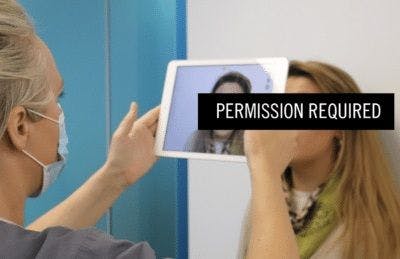
For this you will need to understand and comply with the rules of both GDPR and patient confidentiality – which aren’t necessarily the same thing.
Patient images can be categorised in two different ways: medical records and marketing. It is vital to understand the differences:
Medical record images: When images of patients are taken before and after their treatment to show their progress, these form part of their medical records. These photos are kept privately and securely by the practitioner and consent to having these photos taken and stored should form part of the patient’s treatment consent. Images of this kind are considered necessary for treatment to be carried out.
Marketing images: Should the patient consent expressly, in writing to these images being shared publicly, as what we commonly refer to as Before and After photographs, these are then considered marketing images as well as forming part of the patient’s medical records. This consent is optional and may be revoked by the patient at any time.
Always receive written consent from your patient before publishing any images of them anywhere.
They should sign a form stating what they are agreeing to (the publication and sharing of their images) and what their images could be used for (marketing, advertising, educating other practitioners during training, etc.).
Ensure you only use these images in the manner you have outlined and they have agreed to!
GDPR is a set of legal requirements in the UK that pertain to the protection of the patient’s personal data. Using patient photographs incorrectly is an easy way to breach GDPR regulations which can lead to various penalties.
Examples of incorrect patient photo use include:
• publishing a patient’s photo without their written consent (verbal consent is not good enough)
• using a patient’s photo for a use outside of those they have consented to
• saving a patient’s photos using personal information – such as their name – in the file name
• including a patient’s name, age or any other personal information alongside their photo without having express written permission to do so.
These last two issues are particularly problematic as they can lead to your posts becoming visible in search engines when that person’s name is searched. Additionally, should any unscrupulous websites steal your photos, this information may be spread far wider than you intended, magnifying the problem.
The easy way to avoid these types of pitfalls is to have a “good photo use” protocol. Something like this, for example…
1. Have a set photo authorisation form for patients to sign at each appointment to say if they consent to having their photos used for defined purposes eg. marketing including social media, advertising and training. It can be helpful to make each purpose a tick box so that patients may consent to some but not all and what they have and have not consented to is extremely clear.
2. Come up with a naming convention for your image files that does not give away any of the patient’s identifiable data. For example, you could name the file after the treatment, date and time of the appointment: lip-filler-110721-1730.jpg This would not allow anyone outside your business to identify the patient and is therefore permissible.
3. Make copies of images you have consent to use and file them into folders named after that use. So, Social Media, Marketing, Advertising, Training, for example. This will mean, if you only use images from these dedicated folders for these specific uses, you can’t go far wrong!
Stock photos
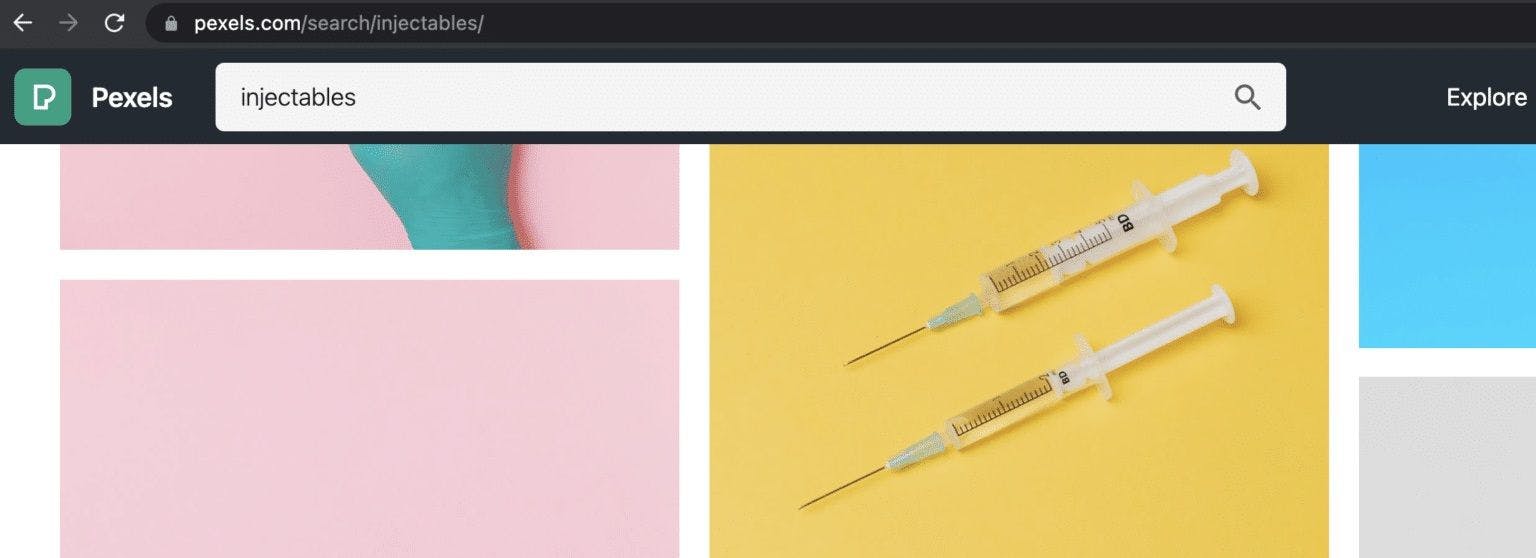
Stock photos are images taken by someone else and made available for use by others. They are generally used to illustrate a website, article or may be used in marketing materials.
Generally stock photograph libraries may charge you to use their images, determining a fee based on what you will use the image for and how large the image will appear.
There are many free-to-use images available, however, such as Pexels.com.
You can use these free images for whatever purpose you require, under the Creative Commons license which is outlined on the library’s website. Whereas if you use paid images you must pay for each separate use, for example online (website), online (social media), print (flyers), print (posters), advertising (print or online advertisement), etc.
If you are using these types of images regularly, it may be worth looking into a subscription service such as shutterstock.com to make the costs more reasonable.
Whilst free images are a fantastic resource, you may find the same images being used frequently by many people – even large media publications tend to use them.
If you are looking to bring that unique edge to your visuals, always take your own photographs or pay a photographer to create a set that you can use. If budgetary constraints are an issue, consider asking a photography student from a local college, or an amateur photographer looking to expand their portfolio. Their rates will likely be more affordable.
Did you learn anything new about using photos in aesthetics marketing? We hope so! Let us know if there’s anything you still have questions about either via the Harley Academy Comma or over on our Instagram account.
All information correct at the time of publication
Download our full prospectus
Browse all our injectables, dermal fillers and cosmetic dermatology courses in one document
By submitting this form, you agree to receive marketing about our products, events, promotions and exclusive content. Consent is not a condition of purchase, and no purchase is necessary. Message frequency varies. View our Privacy Policy and Terms & Conditions
Attend our FREE open evening
If you're not sure which course is right for you, let us help
Join us online or in-person at our free open evening to learn more
Our Partners














STAY INFORMED
Sign up to receive industry news, careers advice, special offers and information on Harley Academy courses and services

